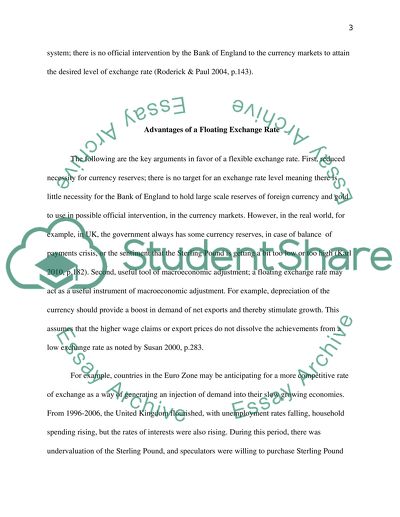Cite this document
(“With specific reference to the UK economy over the past 20 years, Essay”, n.d.)
With specific reference to the UK economy over the past 20 years, Essay. Retrieved from https://studentshare.org/macro-microeconomics/1592283-with-specific-reference-to-the-uk-economy-over-the-past-20-years-critically-discuss-the-relative-advantages-and-disadvantages-of-operating-a-floating-exchange-rate-regime
With specific reference to the UK economy over the past 20 years, Essay. Retrieved from https://studentshare.org/macro-microeconomics/1592283-with-specific-reference-to-the-uk-economy-over-the-past-20-years-critically-discuss-the-relative-advantages-and-disadvantages-of-operating-a-floating-exchange-rate-regime
(With Specific Reference to the UK Economy over the past 20 Years, Essay)
With Specific Reference to the UK Economy over the past 20 Years, Essay. https://studentshare.org/macro-microeconomics/1592283-with-specific-reference-to-the-uk-economy-over-the-past-20-years-critically-discuss-the-relative-advantages-and-disadvantages-of-operating-a-floating-exchange-rate-regime.
With Specific Reference to the UK Economy over the past 20 Years, Essay. https://studentshare.org/macro-microeconomics/1592283-with-specific-reference-to-the-uk-economy-over-the-past-20-years-critically-discuss-the-relative-advantages-and-disadvantages-of-operating-a-floating-exchange-rate-regime.
“With Specific Reference to the UK Economy over the past 20 Years, Essay”, n.d. https://studentshare.org/macro-microeconomics/1592283-with-specific-reference-to-the-uk-economy-over-the-past-20-years-critically-discuss-the-relative-advantages-and-disadvantages-of-operating-a-floating-exchange-rate-regime.


